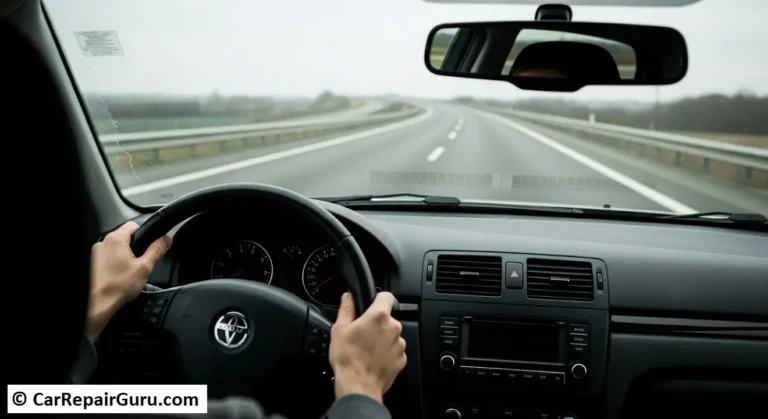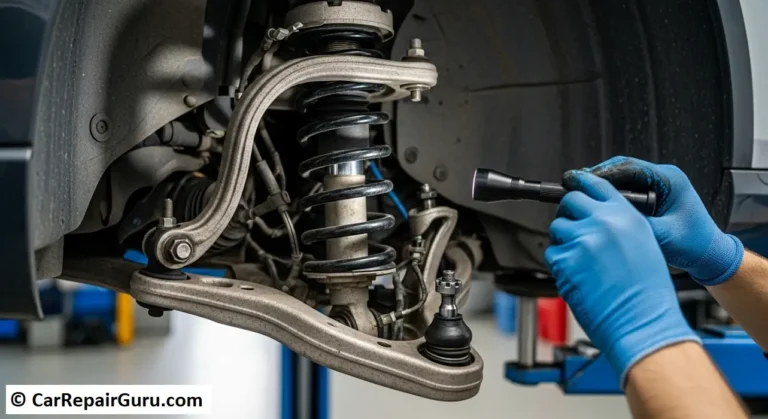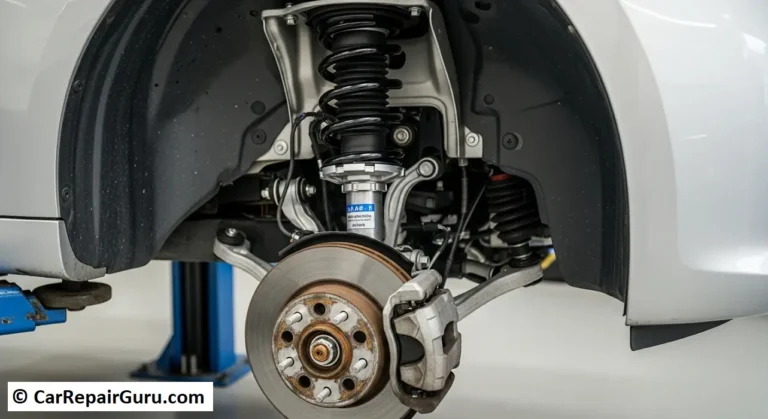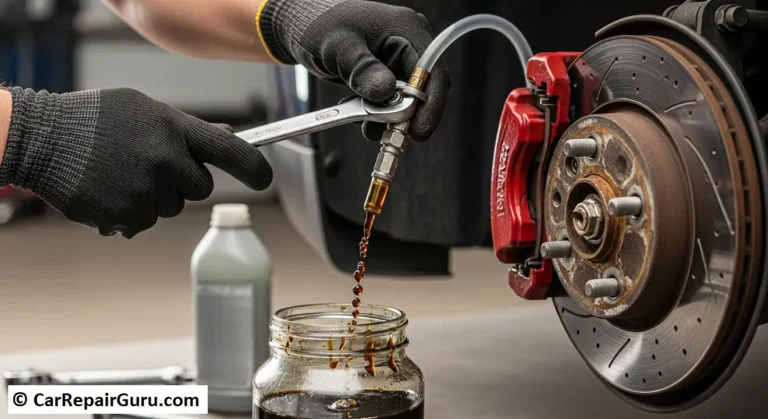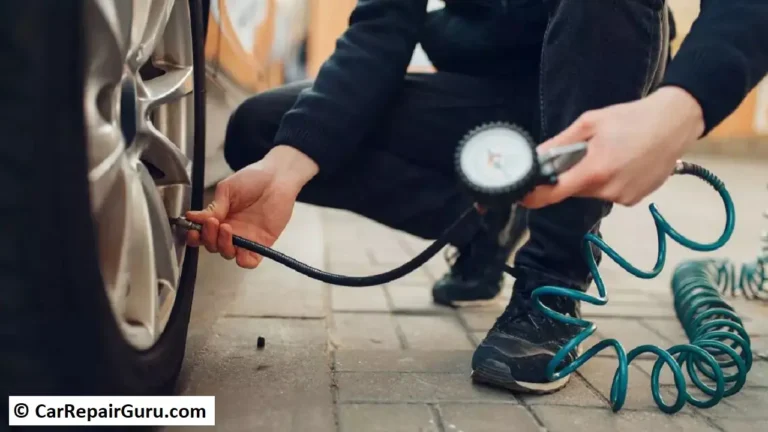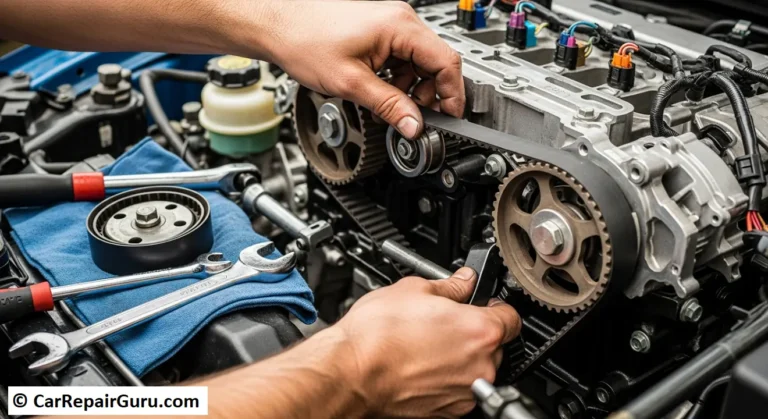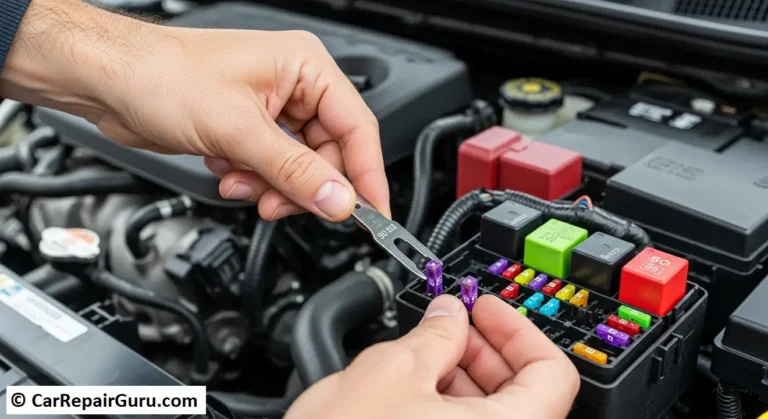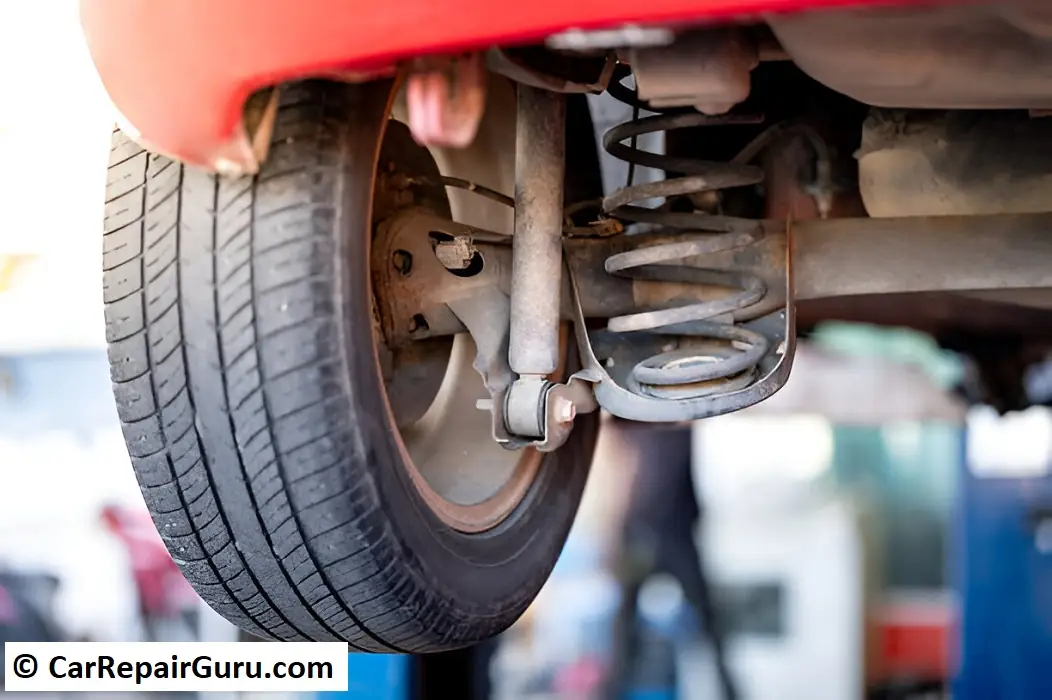
The car suspension system is an essential yet often overlooked component of your vehicle. It works behind the scenes to absorb shocks and bumps, ensuring a smooth, stable, and comfortable ride. However, like any mechanical system, the suspension is prone to wear and tear, leading to common car suspension problems that can affect both performance and safety. Understanding these issues, their causes, and how to address them is key to maintaining your vehicle’s optimal function. In this guide, we’ll explore the most frequent suspension problems and offer practical solutions to help keep your car running smoothly.
Signs of Suspension Problems
Your car’s suspension system is vital for ensuring a smooth and safe ride, but when problems arise, they often show through noticeable symptoms. Here are the key signs to watch for:
- Pulling to One Side: If your car veers to the left or right while driving on a straight road, it could signal uneven suspension wear, misaligned wheels, or other suspension-related issues.
- Excessive Bouncing on Bumps: After hitting a bump, your car should settle quickly. If it continues to bounce, the shocks or struts may be worn out and unable to absorb road impacts effectively.
- One Side or Corner Sits Lower: A sagging corner or side can indicate a broken or weakened spring. This imbalance not only affects the car’s appearance but can also reduce stability.
- Dipping When Braking: If the front end of your car dips dramatically when you apply the brakes, your suspension system—specifically the shocks—may be the culprit.
- Difficulty Steering: A stiff or unresponsive steering wheel, especially when turning at low speeds, often points to suspension or steering problems.
- Uneven Tire Wear: Irregular tire tread patterns may result from misalignment or uneven weight distribution caused by suspension issues.
These signs shouldn’t be ignored, as they can lead to further damage and compromise your safety. If you notice any of these symptoms, it’s time to inspect your suspension system.
Common Causes of Suspension Issues
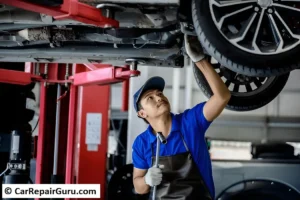
The suspension system in your car is made up of various components that work together to ensure a smooth and stable ride. When something goes wrong, the causes often trace back to one or more of these key components. Here are the most common culprits:
- Worn or Damaged Shocks and Struts: Shocks and struts are essential for absorbing road impacts. Over time, these parts wear out, resulting in reduced damping ability. This can lead to excessive bouncing, instability, and difficulty maintaining control of the vehicle.
- Broken or Sagging Springs: Springs support the vehicle’s weight and maintain its height. A broken or sagging spring can cause the car to lean to one side, impacting balance and handling.
- Faulty Suspension Bushings: Bushings, made of rubber or polyurethane, cushion and reduce friction between suspension components. Over time, these can crack or deteriorate, leading to noise, vibrations, and a less smooth ride.
- Misaligned Wheels: Wheel alignment is crucial for the suspension system to function properly. Poor alignment can cause uneven tire wear, pulling to one side, and strain on suspension components, leading to premature wear.
- Air Suspension Failures: Vehicles with air suspension systems may experience leaks in air lines or faults in the compressor, causing uneven height or a rough ride.
Each of these issues can significantly impact your car’s performance and safety. Regular inspections and maintenance can help identify and address these problems early, preventing further damage and costly repairs.
Diagnosing Suspension Problems
Diagnosing suspension issues early can prevent further damage and ensure a smoother, safer ride. Here are some effective methods for identifying potential problems:
- Visual Inspection Techniques: Start by visually inspecting the suspension components. Look for signs of wear or damage, such as leaking shocks, cracked bushings, or broken springs. Pay attention to any sagging or unevenness in the car’s height, which could indicate a problem with the springs or struts.
- Listening for Unusual Noises: Suspension problems often make distinct noises. Clunking, banging, or squeaking sounds while driving or going over bumps may indicate worn-out shocks, struts, or damaged suspension parts.
- Performing Bounce Tests: The bounce test is a simple way to check the condition of your shocks and struts. Push down firmly on the front or rear of your vehicle and release. If the car bounces more than once, the shocks may be worn out and need replacement.
- Checking for Uneven Tire Wear: Uneven or irregular tire wear can signal suspension problems like misalignment or worn components. Check the tread on all four tires for signs of wear patterns such as cupping, which can result from poor shock absorption or misaligned wheels.
By performing these simple checks, you can catch suspension issues early, allowing for prompt repairs and better vehicle performance.
Solutions and Maintenance Tips
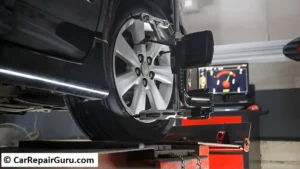
Taking good care of your car’s suspension system not only improves ride comfort but also ensures your safety on the road. Here are some effective solutions and maintenance tips to keep your suspension in top condition:
- Regular Suspension Inspections: Scheduling regular suspension checks as part of your vehicle’s maintenance routine is essential. Inspections help catch early signs of wear, allowing for timely repairs and preventing more serious issues down the road.
- Timely Replacement of Worn Components: Shocks, struts, springs, and bushings all have a limited lifespan. If any of these parts show signs of damage or wear, it’s crucial to replace them promptly. Delaying replacements can result in further damage and compromise vehicle handling and safety.
- Proper Wheel Alignment: Misaligned wheels put extra strain on your suspension system and can lead to uneven tire wear. Ensure your car’s wheels are properly aligned to avoid this and prolong the life of both your suspension and tires. A wheel alignment should be checked regularly, especially after hitting a curb or pothole.
- Maintaining Correct Tire Pressure: Under or over-inflated tires can affect the overall performance of your suspension. Always check your tire pressure regularly, as proper inflation ensures even wear and helps your suspension perform optimally.
- Avoiding Overloading the Vehicle: Excessive weight puts unnecessary stress on the suspension system, causing parts to wear out faster. Avoid overloading your car with heavy loads or unnecessary cargo to maintain your suspension’s longevity.
By staying proactive with these maintenance tips, you’ll help your suspension last longer, ensuring a smoother and safer driving experience.
When to Consult a Professional Mechanic
While some suspension issues can be detected and addressed with basic checks, there are certain indicators that require the expertise of a professional mechanic. If you notice any of the following, it’s time to seek professional help:
- Persistent Noises: If you hear clunking, squeaking, or grinding sounds from your suspension, it could indicate a more serious issue that needs specialized attention.
- Severe Handling Issues: Difficulty steering, excessive bouncing, or the car pulling to one side are all signs of suspension problems that may require a detailed inspection and repair.
- Uneven Ride Height: If your car consistently sits lower on one side or fails to maintain its normal height, it could be an issue with the springs or air suspension system.
Professional mechanics can perform a thorough diagnosis using advanced tools and techniques to pinpoint the exact problem. Early professional intervention ensures that suspension issues are fixed correctly, restoring safety, performance, and comfort to your vehicle.
Conclusion
Your car’s suspension system plays a crucial role in maintaining a smooth ride, optimal handling, and overall vehicle safety. Regular maintenance and timely repairs are essential to keep this system functioning properly. Neglecting suspension issues can lead to more severe problems and impact your vehicle’s performance. By staying proactive with inspections, addressing warning signs early, and seeking professional assistance when necessary, you’ll ensure your car remains safe, reliable, and comfortable on the road. Remember, a well-maintained suspension not only improves driving experience but also extends the lifespan of your vehicle.
Common Car Suspension Problems (FAQs)
What are the signs of a bad suspension system?
Signs of a bad suspension include pulling to one side, excessive bouncing, uneven tire wear, and difficulty steering. If your car drifts, bounces excessively after bumps, or shows irregular tire wear, it’s time to check your suspension. Stiff or unresponsive steering also points to possible issues.
How often should I have my suspension system inspected?
It’s best to have your suspension inspected every 12,000 to 15,000 miles or during regular maintenance. If you notice unusual signs like bouncing or pulling, get it checked right away.
Can I drive with a damaged suspension system?
Driving with a damaged suspension is unsafe. It can affect handling, stability, and braking, leading to more serious damage and higher repair costs. Address suspension issues promptly.
What causes suspension problems?
Common causes of suspension issues include worn shocks and struts, broken springs, misaligned wheels, and damaged bushings. These components wear over time or due to poor maintenance.
How much does it cost to repair a suspension system?
Repair costs vary. Replacing shocks or struts can cost $300–$1,000 per axle. More complex repairs like springs or air suspension can be more expensive. Consult a mechanic for an accurate estimate.
